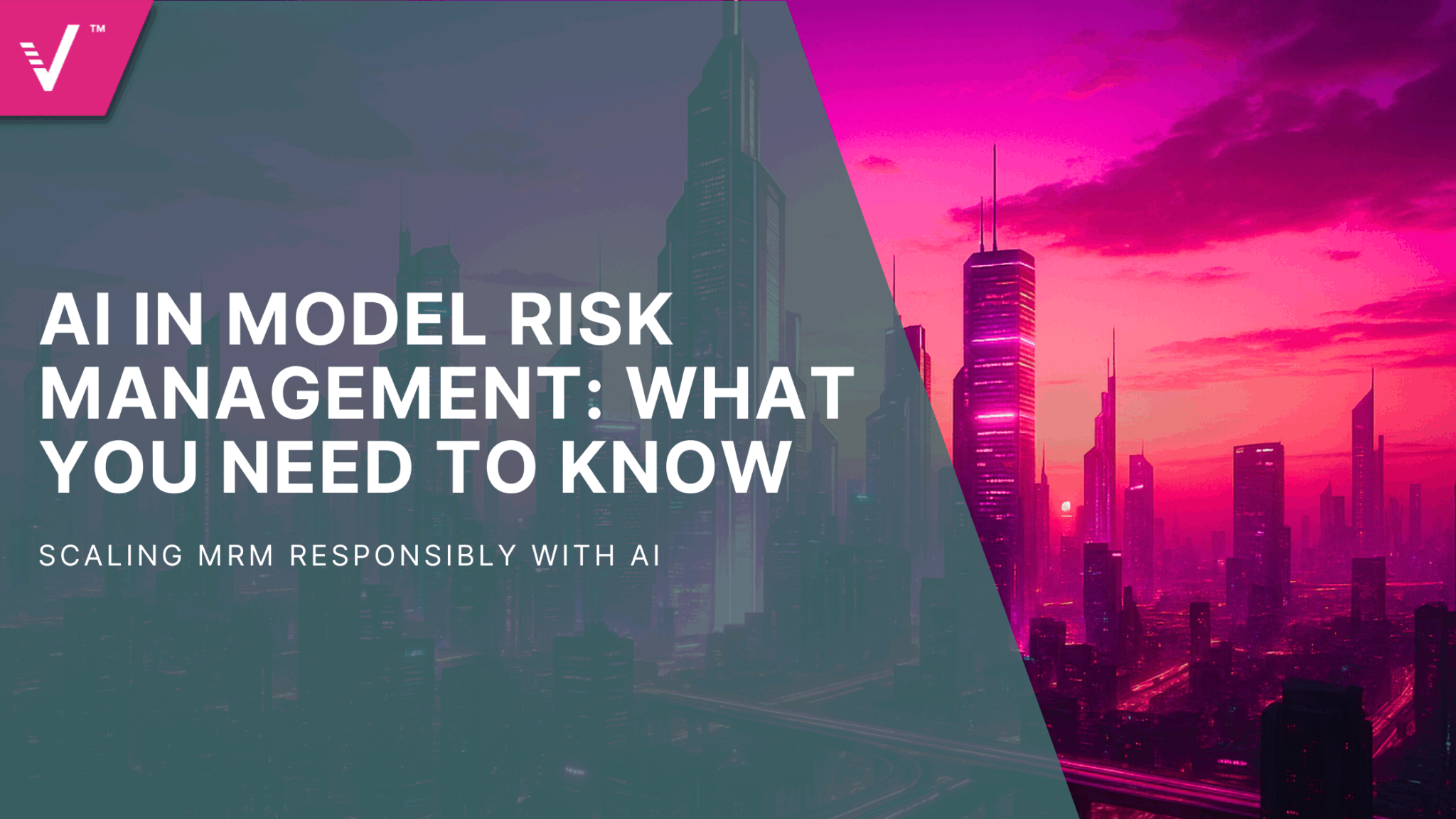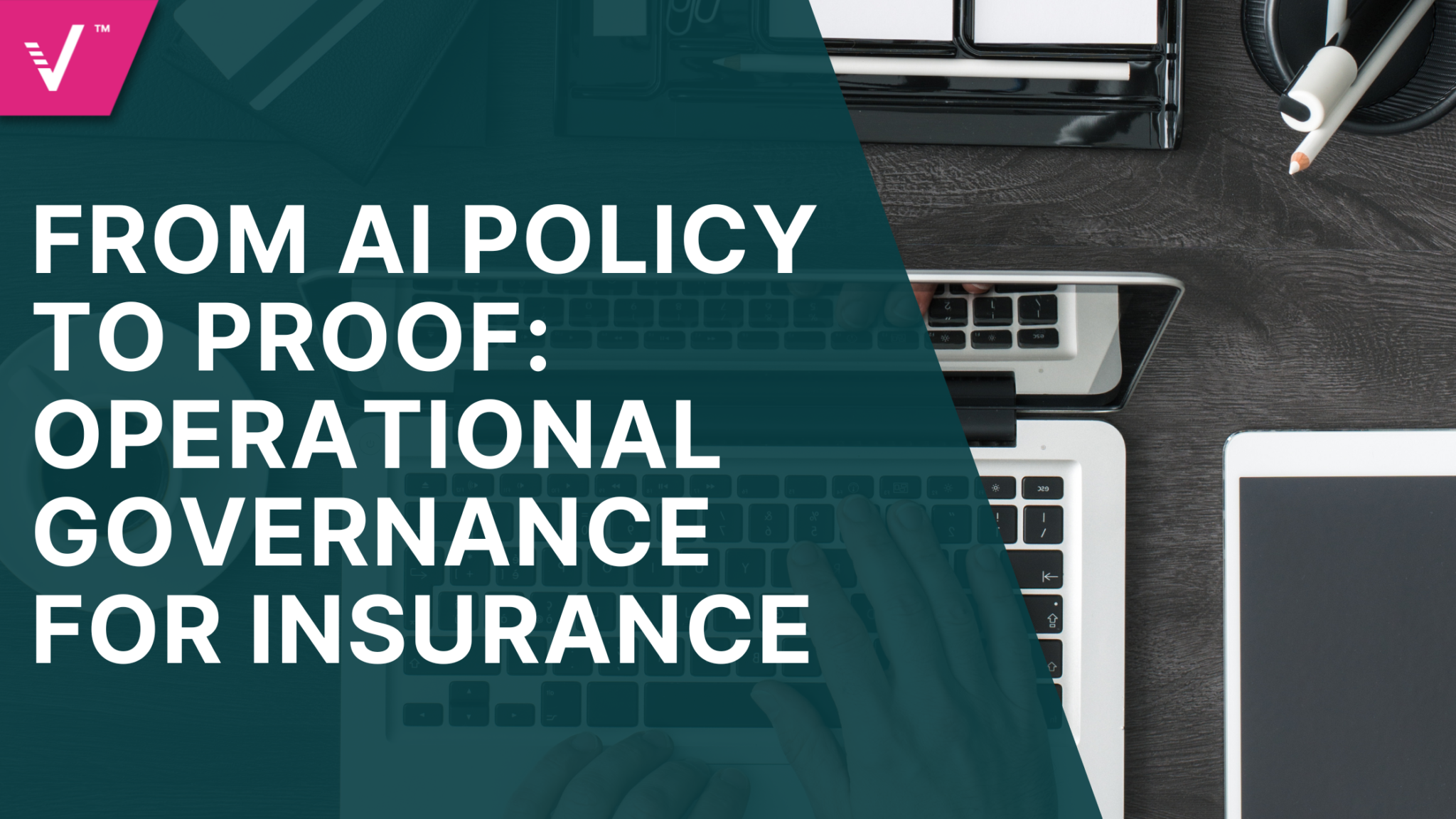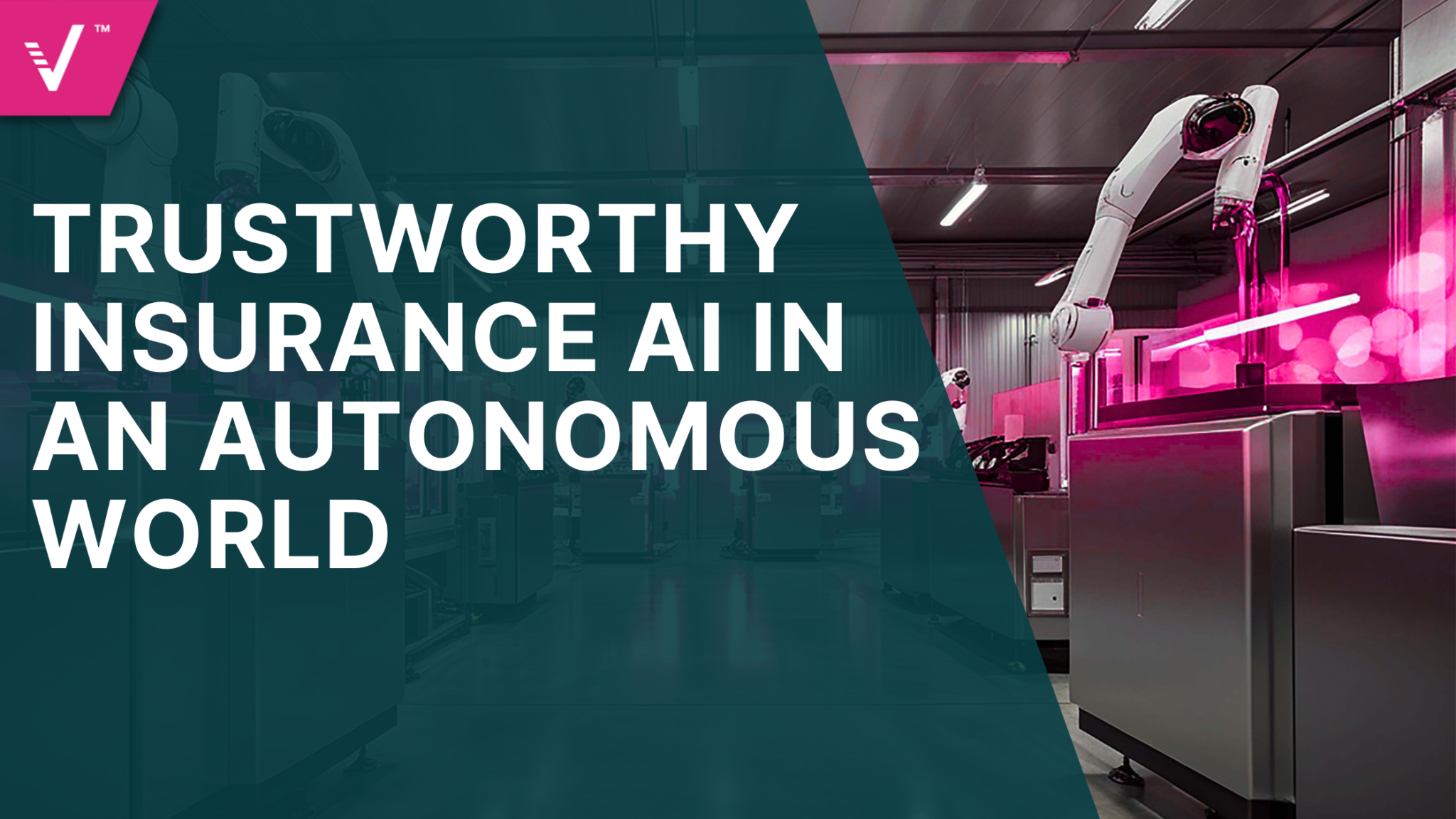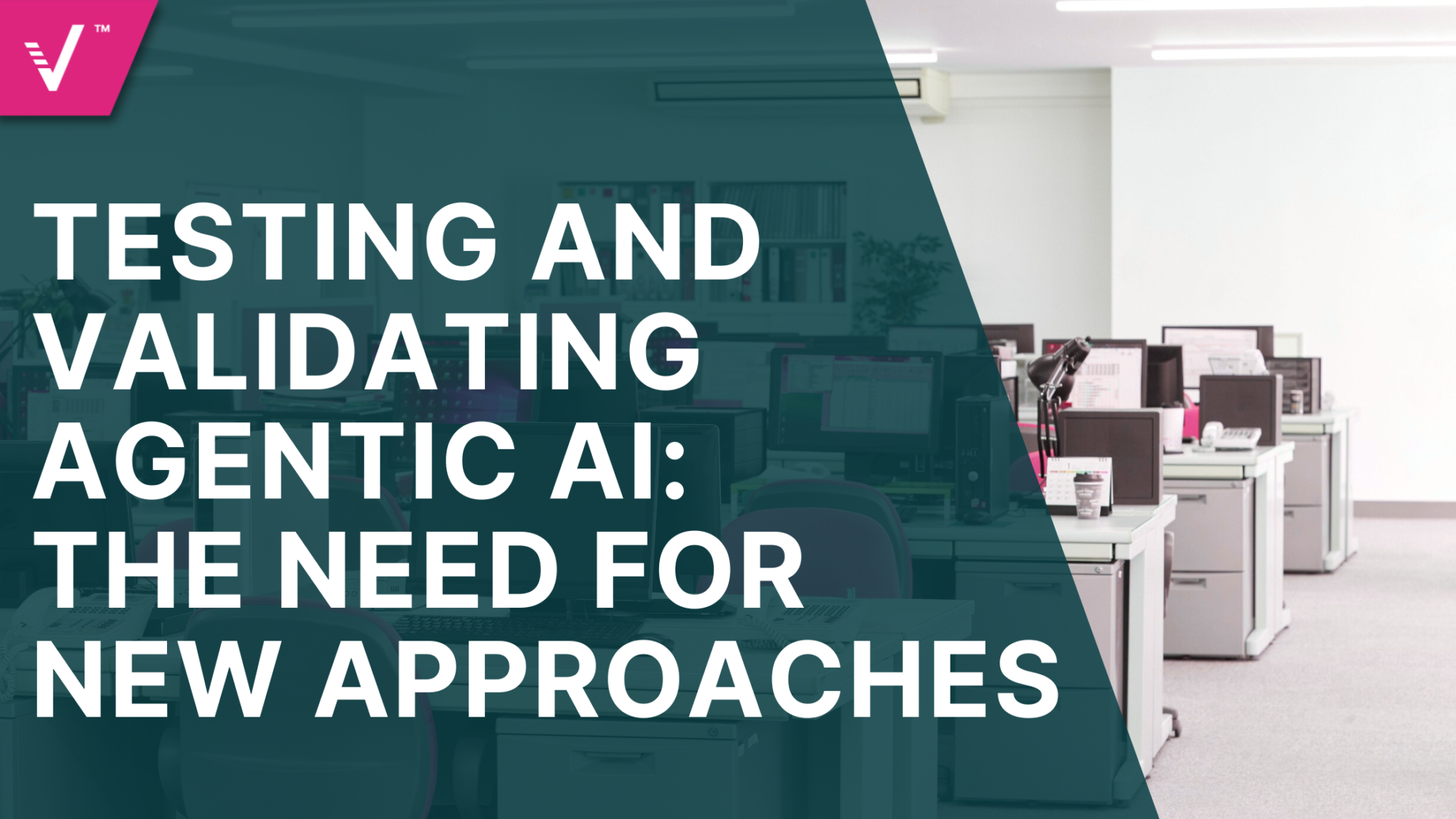AI in Model Risk Management: What You Need to Know

AI in model risk management (MRM) is reshaping how financial institutions approach oversight, validation, and governance. MRM has long been a cornerstone of sound governance in financial services, but as organizations adopt more complex models—especially those powered by AI and machine learning—traditional practices are being pushed to their limits. Traditional methods can’t keep up with the speed, volume, and sophistication of modern model development.
Yet the very technologies introducing new forms of model risk also offer tools to manage it. AI can detect patterns, automate repetitive tasks, and streamline governance workflows. With capabilities like automated documentation and anomaly detection, AI helps MRM teams catch problems earlier and operate more efficiently.
AI should be seen not as a threat to control, but as a capability to unlock innovation and opportunity. This guide explores how to apply AI in model risk management while maintaining regulatory alignment and oversight. The future of model risk management isn’t just about managing AI, but managing its risk, which is an ever-evolving challenge.
The Changing MRM Landscape
Driven by evolving regulatory expectations like the EU AI Act, the U.S. Federal Reserve’s SR 11-7, Canada’s E-23, and guidance from the UK’s Prudential Regulation Authority (PRA), organizations are held to higher standards of transparency, documentation, and oversight across the model lifecycle. At the same time, the nature of these models is fundamentally changing.
AI and generative AI models introduce risks like bias, instability, and drift for which traditional validation methods weren’t designed. As businesses embed models across functions, the number and frequency of models in production has surged. To keep pace, MRM must evolve and rethink processes throughout the model lifecycle and take into account emerging governance best practices and new tooling.
For a deeper look at managing AI, visit our previous post: AI In Model Risk Management: A Guide For Financial Services
The Dual Role of AI in Model Risk Management
AI and machine learning models often operate as “black boxes,” making their logic hard to explain—a concern for regulators and stakeholders. They’re also sensitive to the data they are trained on, which can embed bias or reinforce inequities. Still, AI can be a highly effective tool in managing model risk.
AI offers real value in addressing a variety of challenges. Natural language processing (NLP) can automate documentation, while machine learning can detect early signs of model drift across large portfolios. LLMs can assist in reviewing logic or summarizing model behavior. Used effectively, these tools help MRM teams scale oversight, reduce manual effort, mitigate human error, and improve the quality and speed of risk assessments.
Want to learn how to manage AI risks effectively? Download our technical brief: AI Risk Optimization
Applying AI to MRM Pillars
AI can improve the core functions of model risk management, helping teams scale oversight, reduce manual work, and focus on higher-value analysis.
Model Identification & Inventory
Natural language processing (NLP) can analyze business documentation to identify embedded models and extract relevant metadata. AI agents can help discover undocumented models and classify them—improving completeness and audit readiness.
Model Validation & Testing
AI can support validation by running automated sensitivity analyses, simulating edge-case inputs, and flagging unusual model behavior. Large language models (LLMs) can assist reviewers by interpreting model code and summarizing validation outputs. These tools also help generate performance summaries and backtesting insights, speeding up reviews without compromising accuracy.
Monitoring & Performance Tracking
As models continue to evolve, detecting drift and performance instability becomes increasingly important. Statistical methods and anomaly detection algorithms can help to identify issues early, with platforms such as ValidMind providing the structure needed for traceable and compliant monitoring. LLMs can then distill outputs into clear summaries for faster escalation and resolution.
Documentation & Governance
AI in model risk management can allow for more routine documentation through pre-filling templates, it can help to track changes, and translate technical content into clear, readable language. These capabilities help model risk teams by saving time and improving consistency across large portfolios.
Tooling, Oversight, and Adoption
Adopting AI in model risk management requires more than just the right tools—it demands a thoughtful approach to infrastructure, governance, and change management. A growing ecosystem of open-source libraries like SHAP or LIME can support explainability, while platforms like ValidMind offer end-to-end solutions that combine documentation, validation, and monitoring workflows with a unified MRM framework. Successful integration depends on system interoperability, robust APIs, data lineage tracking, and auditability—critical features for regulatory and internal transparency.
Introducing AI in model risk management, however, comes with its own governance challenges. The AI systems themselves must be explainable, well-documented, and subject to oversight. If you were to implement “Model-on-model” risk, where one model is used to validate another, it would require guardrails like human-in-the-loop review and clear usage boundaries. Here, internal teams must align on what they believe is acceptable and replicable.
To get started with AI in model risk management, organizations should focus on narrow pilot use cases like automating documentation or detecting performance drift. This allows teams to build confidence in AI-driven processes before implementing them on a broader scale.
Start small, measure the impact, and roll out use cases with robust governance frameworks.
AI isn’t a substitute for sound judgment, but rather a way to enhance it. The future of AI in model risk management lies in thoughtful augmentation, not full automation. As you explore AI’s potential, start small, stay grounded in governance, and keep human oversight at the center.


